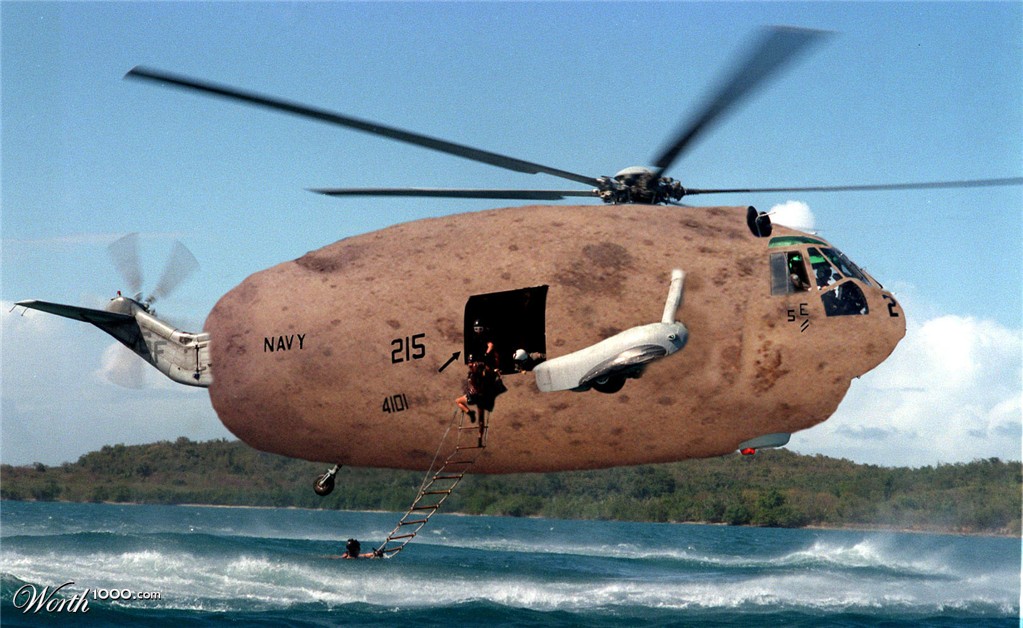SixPapaCharlie
May the force be with you
- Joined
- Aug 8, 2013
- Messages
- 16,018
- Display Name
Display name:
Sixer
Never understood why if going electric, they wouldn't do it like a lot of other planes and you dial in a degree and let it go.
The Grumman and also the TB9 I flew, you are counting / staring at the flap on base aiming for half-ish
In the cirrus, just turn it to 50% and get back to your regularly scheduled magenta line
The Grumman and also the TB9 I flew, you are counting / staring at the flap on base aiming for half-ish
In the cirrus, just turn it to 50% and get back to your regularly scheduled magenta line

